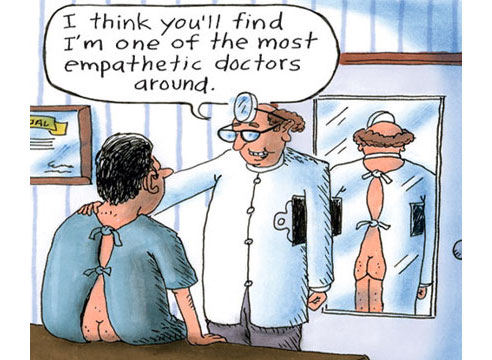The practice of medicine is an art, not a trade; a calling, not a business; a calling in which your heart will be exercised equally with your head. – Mark E Silverman
Shapiro et.al. defined medical humanities 1 with characteristic features:
- Use of methods, concepts, and content from one or more of the humanities disciplines to investigate illness, pain, disability, suffering, healing, therapeutic relationships, and other aspects of medicine and health care practice.
- Employment of these methods, concepts, and content in teaching health professions students how to better understand and critically reflect on their professions with the intention of becoming more self-aware and humane practitioners.
Medical students spend vast majority of the time studying the details of normality and abnormality of the human body, understanding in depth of molecular level, but often fail to see the human body and disease through the eyes of the patient. Medical education and the practice of medicine often neglect empathy in favor of biomedical approaches to disease and injury. The whole idea of medical humanities is to teach “empathy” but does teaching “humanities” make medicos “more humane”? Mixed thoughts had been expressed about it in the past.
I pursued MBBS at KIST Medical College, Nepal and we had “medical humanities” incorporated in earlier years, although we needn’t appear for exam. We had weekly sessions named “Sparshanam” i.e. touch led mainly by Dr. Ravi Shankar and Dr. Rano Mal Piryani. These sessions were pretty much different from the regular lectures – demanded a lot of thinking, analysis, expression of views and interaction. The students were grouped into five different groups, the names of which were derived from personalities with important contributions in medical humanities. Each session dealt with a different topic and the facilitators presented and provided us a short background about them. The session titles were as follows:
- Empathy
- Doctor-Patient relationship
- The Patient
- The Doctor
- Breaking bad news
- Compliance
The most interesting and enjoyable part was when interpreting the arts and literature presented to us. We were given paintings, photos, poems and quotes and a 5 minute timer set for each group to interpret them through their eyes. The two major questions that we had to answer were:
- What do you see?
- What do you feel?
Student’s feedback on use of paintings:
52.6% of us had difficulty with the exercise ‘what do you feel’. The comments on use of paintings were paraphrased as follows: “paintings helped them develop feelings and visualize in a more concrete fashion the module objectives”, “paintings helped to see and feel things”, “paintings portrayed different conditions” and “paintings helped see other points of view”. 2

After, expressing our views, they’d present the information about the specific literature piece or art. Another, engaging part of the session was “role play”. With the topics to be discussed in session at the center, different groups were provided with different situations to act. Each were given a short time of ten minutes before the role plays were displayed.
Student’s feedback on use of role plays:
The overall opinion regarding the role plays was positive. Students stated role plays helped to make module objectives concrete and interesting, made students identify with the problem being investigated and improved communication skills. Role plays were designed to address important health issues in Nepal and prepare students for addressing these issues in future practice. 3
At the end, the facilitators gave their feedback on the session.
As a participant, I was more of an “observant” rather than a “speaker” but I’m sure these sessions have met the goals set. I believe that these have instilled changes in the way I look towards the patient and his/her disease condition and helped me to treat the “patient” and not just the “illness”.
Such sessions are increasingly being incorporated in the undergraduate programs in Nepal.

He is the section editor of Orthopedics in Epomedicine. He searches for and share simpler ways to make complicated medical topics simple. He also loves writing poetry, listening and playing music.
